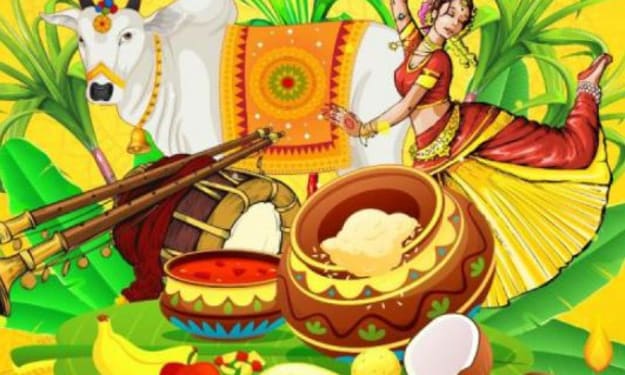
Cupid, in mythology, is often depicted as the Roman god of love and desire. His Greek counterpart is Eros. Cupid is typically portrayed as a mischievous, winged child with a bow and arrow, capable of causing people to fall in love. The ancient Romans associated him with their own love goddess, Venus.
Cupid's origin can be traced back to ancient Roman and Greek myths, where he played a role in various love stories. One well-known tale involves Cupid and Psyche, where Psyche, a mortal, becomes the wife of Cupid after overcoming several challenges.
Over time, Cupid's representation evolved in art, literature, and popular culture, becoming a symbol of romantic love. Today, Cupid is often associated with Valentine's Day and remains an enduring symbol of affection and desire.
Certainly! In Roman mythology, Cupid is often referred to as the son of Venus, the goddess of love, and Mars, the god of war. However, his origins can also be traced to earlier Greek mythology, where he is known as Eros, the son of Aphrodite (equivalent to Venus in Roman mythology).
One of the most famous stories involving Cupid is the myth of Cupid and Psyche. In this tale, Psyche is a mortal princess whose beauty surpasses that of Venus. Venus becomes jealous and orders Cupid to make Psyche fall in love with a hideous creature. However, Cupid accidentally pricks himself with his own arrow and falls in love with Psyche. The story unfolds with challenges and trials, ultimately leading to the union of Cupid and Psyche.
Cupid's iconic image as a winged cherub with a bow and arrow has persisted through art and literature. The bow and arrow symbolize his ability to strike people with love. Additionally, Cupid's mischievous nature is often highlighted in various stories, emphasizing the unpredictable and sometimes chaotic aspects of love.
In later periods, especially during the Renaissance, Cupid's image became a popular motif in art and literature, symbolizing the power and unpredictability of love. Today, Cupid continues to be a recognizable and celebrated figure, particularly associated with romantic occasions like Valentine's Day.
While the core mythology of Cupid is rooted in Roman and Greek traditions, it's interesting to note the multifaceted aspects of his character and representation across different cultures and time periods.
1. **Symbolism and Attributes:** Cupid is often depicted with a bow and arrows, which he uses to make people fall in love. The arrows are categorized into two types: golden arrows that inspire love and lead to romantic attraction, and lead-tipped arrows that cause aversion and indifference.
2. **Cupid in Art and Literature:** Cupid became a popular subject in art during the Renaissance, with artists like Michelangelo and Raphael portraying him in various forms. His portrayal evolved from a mischievous child to a more mature figure over time. In literature, Cupid's influence can be seen in works like William Shakespeare's plays, where he is a recurring character.
3. **Cupid in Popular Culture:** Beyond mythology and classical art, Cupid has become a widely recognized figure in popular culture. His image is often used to represent love and romance in advertisements, greeting cards, and various media.
4. **Associations with Valentine's Day:** Cupid's connection to Valentine's Day can be traced back to the Roman festival of Lupercalia, which celebrated fertility and love. Over time, the celebration shifted to mid-February and became associated with St. Valentine, with Cupid as a central figure symbolizing romantic love.
5. **Cultural Variations:** While the Roman and Greek traditions provide the foundation for Cupid's mythology, different cultures have their own versions of a love deity or figure. The concept of a mischievous, love-inducing being is a recurring theme in many mythologies.
6. **Contemporary Interpretations:** In modern times, Cupid's image has been adapted and reinterpreted in various ways. He appears in cartoons, commercials, and diverse forms of media, contributing to his enduring presence in popular culture.
Cupid's story is a rich tapestry woven through centuries, reflecting humanity's fascination with love and the enduring appeal of mythological figures.
About the Creator
SATHYA
Start writing...
Enjoyed the story? Support the Creator.
Subscribe for free to receive all their stories in your feed. You could also pledge your support or give them a one-off tip, letting them know you appreciate their work.






Comments (3)
NICE
GOOD
wonderful story